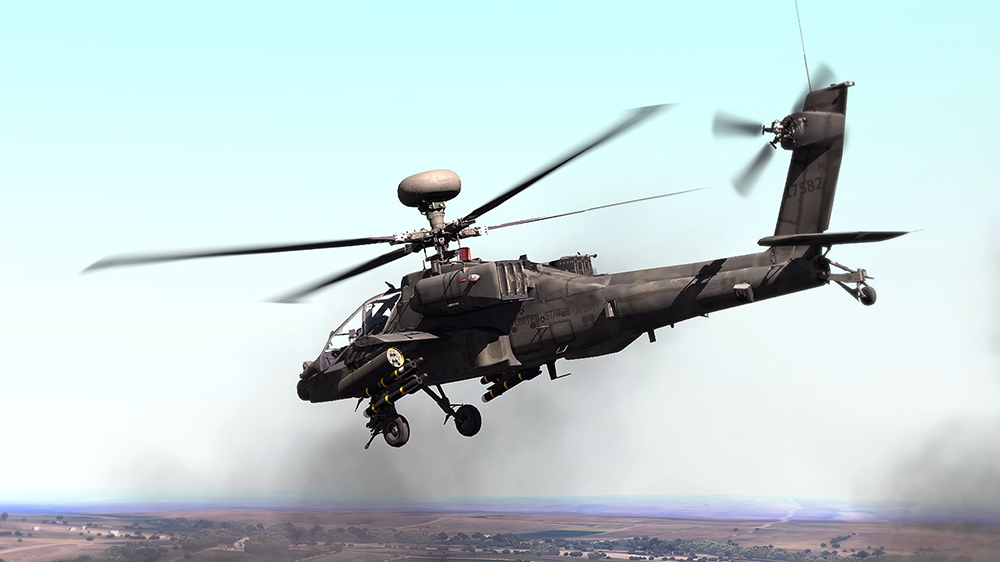Your role access is determined by your skills, experience with those skills, and the specific roles that utilize them. With over 100 roles in UNITAF, creating detailed skill breakdowns for every role is a substantial undertaking that cannot be completed overnight.
Estimated Role Cards
To ensure the entire unit can transition to the new system immediately, some roles are tagged as **"Estimated"**. These roles use a transitional approach:
- Temporary skill blocks simulate role-specific experience
- Estimated access levels are calculated based on these placeholder blocks
- Similar to LTS functionality but with improved accuracy and fewer limitations
Current State: Estimated roles provide functional access levels that closely mirror the previous LTS system while addressing many of its shortcomings. As development progresses, estimated role cards will be upgraded to the full FTS3 standard with detailed, role-specific skill requirements.
Important Note: When roles transition from "Estimated" to "Verified" status, your access level may change (either increase or decrease) as the requirements become more precise and role-specific.
This approach allows UNITAF to:
- Maintain operations during the transition period
- Provide immediate access to the improved FTS3 system
- Ensure continuity while detailed role cards are developed
- Gradually improve role accuracy over time
The estimated system serves as a bridge, ensuring no disruption to unit operations while we build toward the comprehensive FTS3 vision.

